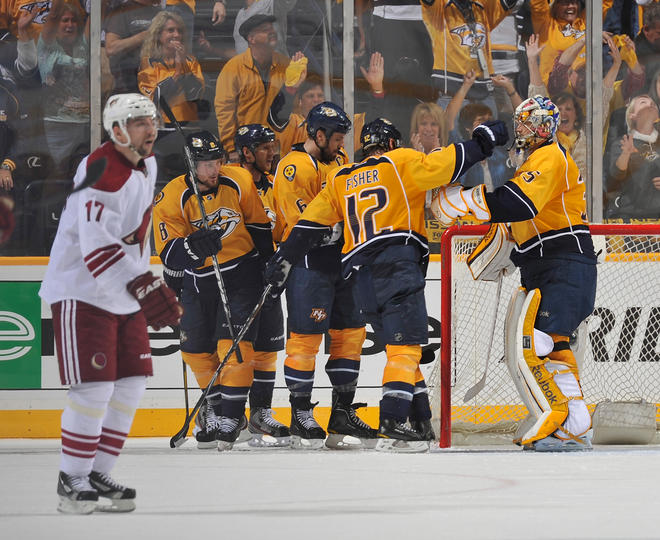With the Division I NCAA Men’s Basketball National Tournament around the corner, everyone will be checking the teams coming into the tournament on hot streaks. Most often, the biggest indicator for success in the postseason in any sport is the success of the team in the final stretch of the regular season. In 2007, the New York Giants defeated the 18-0 New England Patriots after barely making the playoffs and an impressive run in the playoffs. In 2011, the Dallas Mavericks beat the favored Miami Heat when bench players J.J. Barea and Jason Terry erupted at the end of the season and into the playoffs. The 2011 Boston Bruins finished third in the Eastern Conference at the end of the regular season, but goaltender Tim Thomas got hot in the playoffs, recording a 96.7 save percentage in the Finals.
The Oregon Ducks are on a similar roll in their own way. After starting the season 13-0, the Ducks lost 8 of 10 games in the middle of the season, including a loss to Oregon State. But since then, the Ducks have won their past seven games — five of which were against teams that had beaten them in their midseason slump.
But if you look at the numbers in their losses, the Ducks’ slump was not as bad as one would think. Their average margin of loss was by 5.25 points per game, with the worst loss coming when they lost by 13 points to Cal. But their loss to the then-second ranked Arizona Wildcats was by two points. Their losses to UCLA (the second best team in the Pac-12) and Arizona State (the fourth best team in the Pac-12) were each by two points. In their second meeting, Oregon clobbered then-third ranked Arizona 64-57.
Despite their losing streak in the middle of the season, the Ducks are still ranked ninth in the country in points per game. Their scoring is well distributed amongst their players as well. Joseph Young, Mike Moser, Jason Calliste and Damyean Dotson are all scoring an average of over 10 points per game. They are also ranked 20th in the league in steals per game, with 8.1.
Then what was Oregon’s problem for the first five weeks of 2014? The Ducks’ issue is size. Oregon ranks 175th in rebounds per game with only 34.8. They also only have 3.5 blocks per game, which is 187th. Out of 351 schools in the NCAA Division I, Oregon is 275th in points allowed per game with 73.7.
The Ducks only have one player who is taller than 6’8”, and that’s 6’11” Waverly Austin who plays only 11.1 minutes per game and averages 2.4 rebounds per game and 0.9 blocks per game. Mike Moser, who is 6’8”, is their star “big man” and he averages 8.2 rebounds per game and 0.8 blocks per game.
So while the Oregon Ducks are on a hot streak just before the beginning of the Pac-12 Tournament, they will need to play the best small-ball of their lives in order to continue this run. They do not have an elite rim protector and they give up too many points and rebounds in the paint because of it. Full court pressure and great zone defense is often the best way to disguise a team’s lack of size because it makes cutting to the basket difficult. The Ducks will want opposing players to settle for jumpers, rather than cutting to the basket. If they can pull that off, I believe they can make some noise in the Pac-12 Tournament and maybe in the NCAA Tournament. The Ducks play the Oregon State Beavers in the first round of the Pac-12 Tournament on March 12.
Add The Sports Daily to your Google News Feed!
